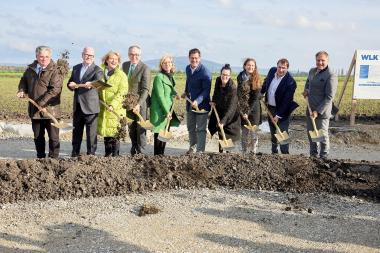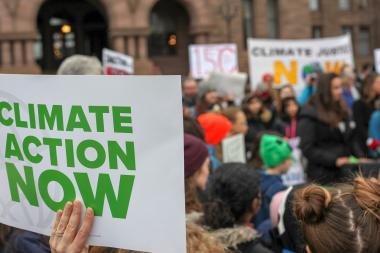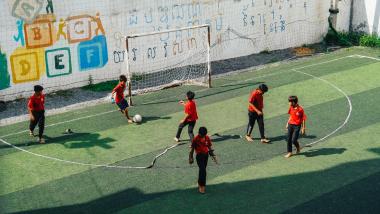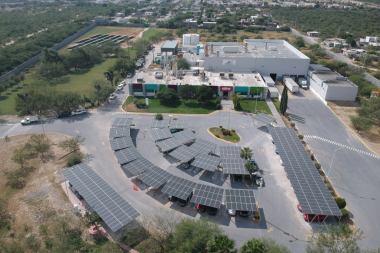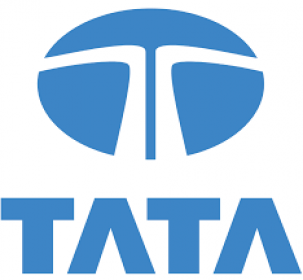Lenzing setzt auf Windkraft in der Faser- und Zellstoffproduktion
Die Lenzing Gruppe hat einen Liefervertrag mit dem österreichischen Stromproduzenten WLK energy über den Bezug von rund 13 Megawatt Leistung aus Windenergie abgeschlossen. Lenzing unterstreicht damit nicht nur ihr Engagement für den Klimaschutz und die Energiewende, sondern investiert auch langfristig in eine preisstabile und diversifizierte Stromversorgung. Der Vertrag hat eine Laufzeit von 15 Jahren und sieht eine Belieferung aus dem neuen Windpark in Engelhartstetten ab dem ersten Quartal 2025 vor.
Die Errichtung des Windparks ist ein Gemeinschaftsprojekt von mehreren Partnern, darunter der Betreiber und Stromlieferant WLK energy mit Sitz in Untersiebenbrunn (Niederösterreich). Die Gesamtleistung des Parks mit insgesamt elf Windrädern wird rund 45 Megawatt betragen. Der Anteil von rd. 13 Megawatt, der exklusiv für den Bedarf des Standortes Lenzing (Oberösterreich) produziert wird, entspricht dem durchschnittlichen Strombedarf von rund 10.000 Haushalten pro Jahr in Österreich.1 Die Spatenstichfeier anlässlich des Baustarts fand am 09. November 2023 mit Vertreter:innen aus Politik und Wirtschaft statt.
Lenzing hat sich 2019 als erster Faserhersteller zum Ziel gesetzt, ihre CO2-Emissionen bis 2030 um 50 Prozent zu reduzieren und bis 2050 klimaneutral zu sein. Dieses CO2-Reduktionsziel wurde von der Science Based Targets Initiative anerkannt. 2022 eröffnete Lenzing zusammen mit dem Verbund Oberösterreichs größte Photovoltaik-Freiflächenanlage und unterzeichnete außerdem einen Stromliefervertrag für Photovoltaik-Energie mit dem Grünstromerzeuger Enery und der Energie Steiermark.
1 In Österreich beträgt der durchschnittliche Stromverbrauch pro Haushalt etwa 3.500 kWh pro Jahr.
Lenzing AG


